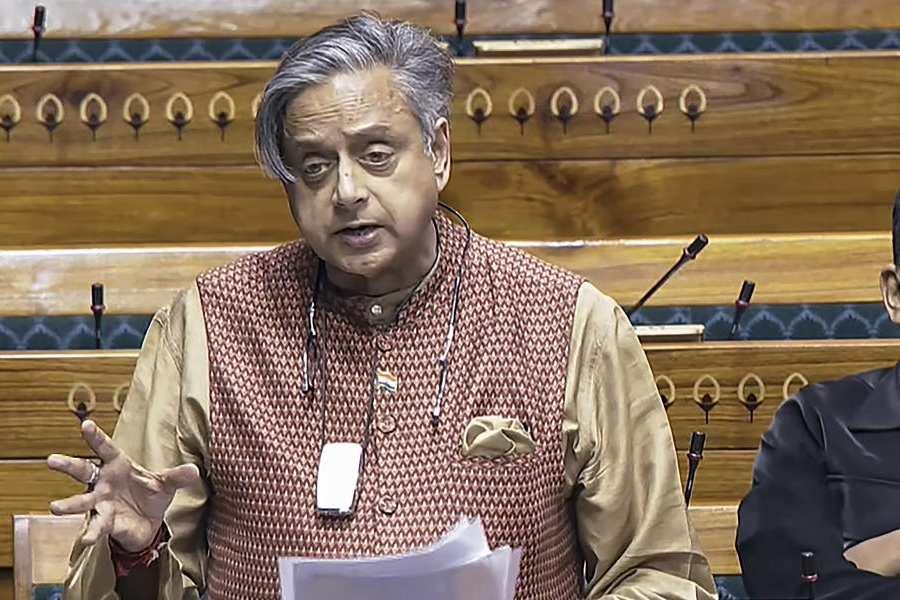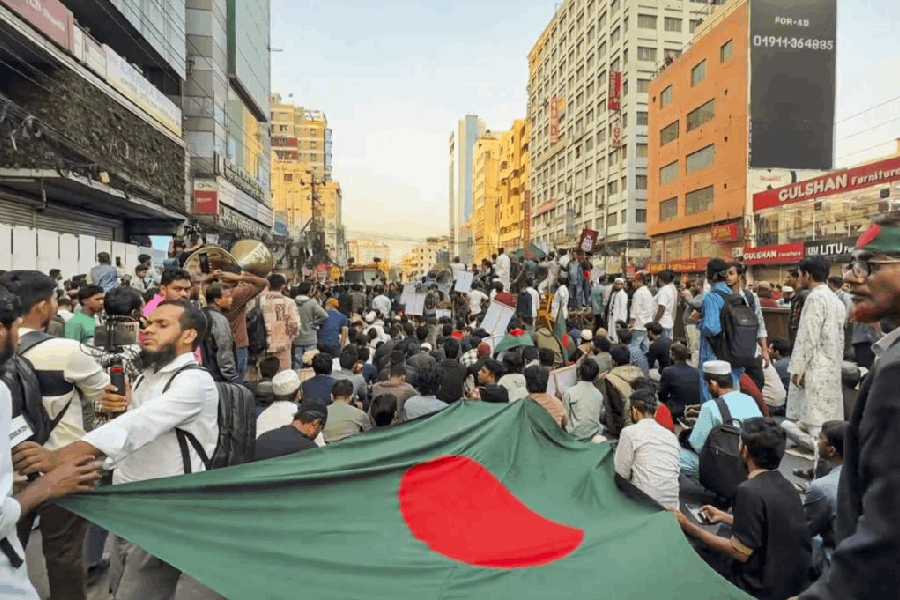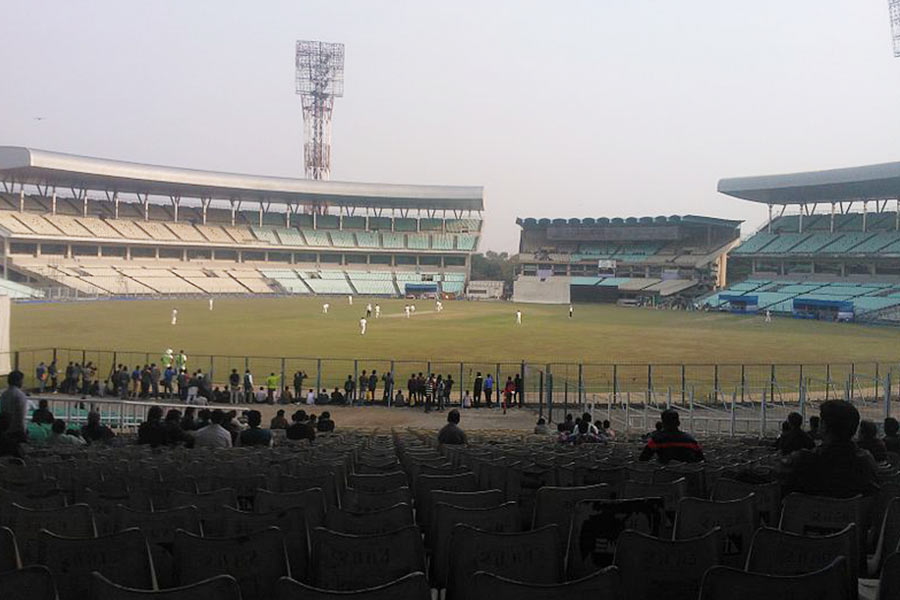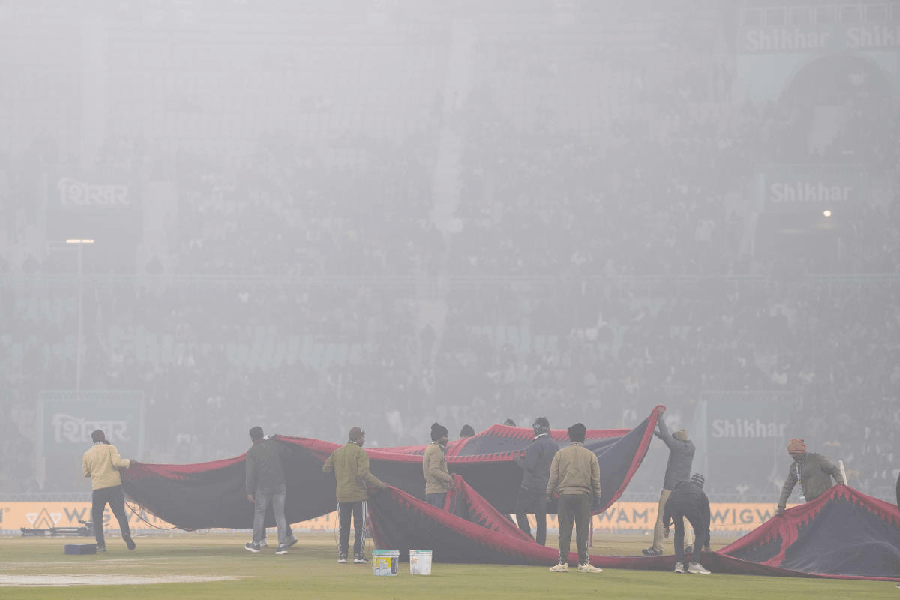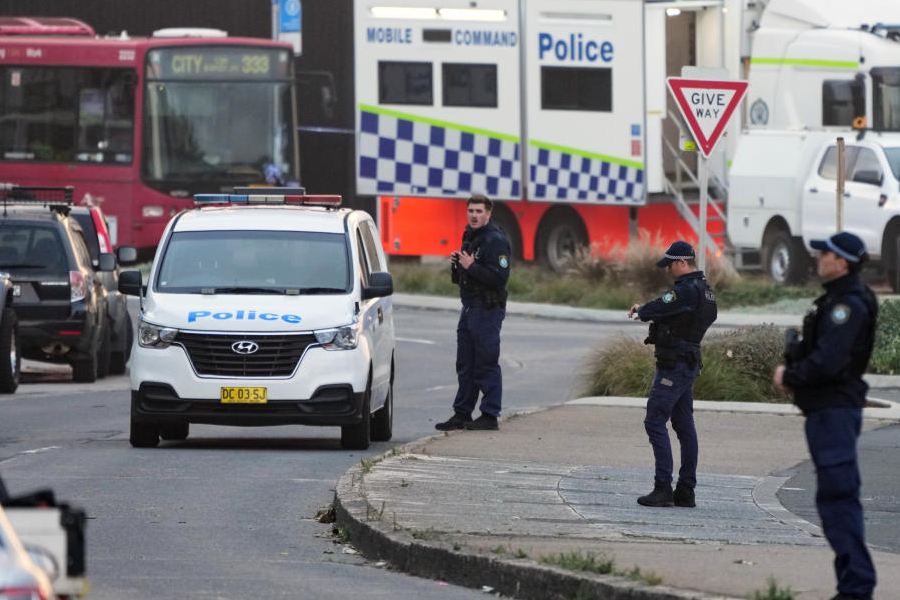 |
The three-year-old girl has finally been laid to rest. For over two years, the skeletal remains of Shreya Rai were lying in a Mumbai police station. Her family wanted justice — and they refused to accept the body till the guilty had been punished.
On March 1, the Bombay High Court directed the Crime Branch to return Shreya’s remains to her frustrated father who had filed an application in February asking for the body.
The case underlines a major drawback in Indian crime — the lack of forensic sciences. In many cases, crucial evidence is lost because of the police’s inept handling of a crime scene. In Shreya’s case, which still remains unsolved, it was the evidence of a forensic scientist Shamsad Begum that took it forward.
Forensic archaeologist, anthropologist and crime scene investigator Shamshad Begum, also known as Roma Khan, stumbled on to the case in February last year when she read a news report about the discovery of the decapitated body. Moved by the family’s anguish, Shamshad, who runs an organisation called Insaaf, decided to investigate the case personally.
Her investigation resulted in a writ petition filed by Shreya’s father, Upendra, on April 16, 2010, seeking a central inquiry. The court ordered that Shamshad assess and analyse the skeletal remains to understand the cause of death.
Shreya, who lived with her family in Borivali’s Sukhervadi Vithal chawl, disappeared one October evening in 2009. Her mother, Sunaina, thought she’d find her in her neighbour Uma Shankar Pandey’s house, where the little girl often played. She wasn’t there, but a 10-year-old neighbour told Sunaina that he’d seen her leave with Pawan, Pandey’s 17-year-old nephew.
When Pawan returned, Shreya was not with him. He told Sunaina that she had tagged along with him for a while. He had fed her vada pav, chocolates and ice cream and then left her near the entrance of the slums.
Almost 50 days after her disappearance, the family learnt a child’s partially decomposed body had been found in a building under construction not far from their chawl.
Rai was summoned to the police station. “An unknown terror gripped me. I didn’t want it to be my child but deep within, I knew that it was Shreya. The body was laid out in a van. I saw a glimpse of her red pants and I broke down,” says Rai, with tears in his eyes as he recounts the event of December 3, 2009.
Shamshad came into the picture three months after the remains were found. And what the police didn’t do, she did.
On her own steam, she ran from pillar to post, seeking a police or autopsy report on the body. When she finally obtained a copy, she found it was incomplete and inconclusive.
So the family moved court. Finally, Shamshad, who did her masters in forensic archaeology crime scene and international investigations from Bournemouth University, was given access to the remains. The body came to her in a Kit-Kat plastic bag.
After she finished her examination, she reconstructed and glued the broken pieces of skull to demonstrate the attacking pattern. “Repackaging was completed by placing the body the way it should be, in a proper box with a corrugated layer and absorbent paper and handed over to the police,” she says.
Her findings, now on court records, say the girl was hit on the head by a blunt object and that whoever did it was not a professional killer. But she points out that in such cases, an immediate forensic examination would have revealed a lot more than what she discovered a year later.
“The autopsy could have found if there was poison. Larvae on the decomposing remains could have revealed the time of death, timely skeletal inventory analysis could have explained the inflicted force and weapon used,” she says.
An analysis of the gunny bag and the polythene bag near the body would have helped trace their origin and perhaps led to the perpetrator. In Shreya’s case none of this was done.
The police in their report said they examined 600 people in the case, including Pawan. But the case was not solved.
In Mumbai, over 10 girls are raped and killed every year — but lack of forensic investigation turns the cases cold. Rai had hoped that if they refused to take their little girl home, the police would be forced to act. But he lost the battle.


